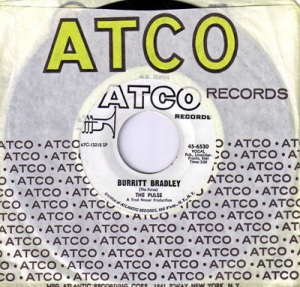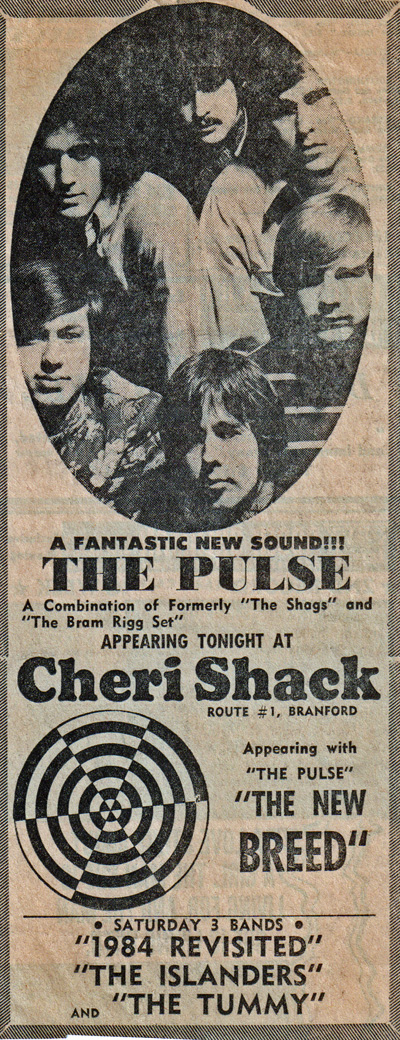Christine Ohlman hasn’t really been away. In the past five years, she has continued to work with her band Rebel Montez and as a singer for the Saturday Night Live Band, and released the retrospective Re-Hive last year.
 But The Deep End, released this month, is her first record of new material since Strip in 2004. It is certainly worth the wait. A collection of bluesy and soul-infused rockers and ballads with emotional, heartfelt lyrics of love and loss, The Deep End is Ohlman’s most complete and accomplished work.
But The Deep End, released this month, is her first record of new material since Strip in 2004. It is certainly worth the wait. A collection of bluesy and soul-infused rockers and ballads with emotional, heartfelt lyrics of love and loss, The Deep End is Ohlman’s most complete and accomplished work.
The album benefits from an impressive cast of guests who each add something special. Al Anderson plays guitar on two tunes, including the title track, Dion, Ian Hunter and Marshall Crenshaw each sing duet vocals with Chris, and Levon Helm, G.E. Smith, Eric “Roscoe” Ambel, Catherine Russell, Paul Ossola and Andy York, guitarist from the John Mellencamp Band who also produces with Chris, are among the many contributors.
Chris and her band will debut the album at Cafe Nine in New Haven on Saturday, Nov. 14.
Chris sets the scene on the opener, There Ain’t No Cure, a gritty, infectious rocking track that features York on lead guitar and Hunter adding a duet vocal. The title track, one of Ohlman’s best compositions, follows with its Latin feel in the verse, interesting melodic twists in the chorus and telling lyrics that speak of loss, something Chris has endured in these past five years losing her mate and producer Doc Cavalier and longtime guitarist and collaborator Eric Fletcher. Anderson provides the lead work on the track in his signature country-blues style.
All the uptempo material is a delight. The grooves are deep and the playing exemplary. Ohlman is in fine form vocally throughout, bringing her unique soulful delivery that ranges from smooth as glass to rough and raspy. Among them — Love Make You Do Stupid Things, driven by Ambel’s chord-flavored lead style, the country-rock feel of Love You Right, again with Anderson, Bring It With You When You Come, which sees Rebel Montez guitarist Cliff Goodwin take a fiery, spitting solo, and Born To Be Together, on which Goodwin is again featured this time playing off the melody through what sounds like a Leslie speaker — are all highlights. Continue reading Return of the Beehive Queen
 I caught The Beehive Queen and her remarkable band Rebel Montez Saturday night at Cafe Nine, a tiny club that might hold 200, in New Haven, Connecticut. Chris showed why she is one of the state’s legendary R&B/soul singers as I watched her play the first of two 90-minute sets that included original tunes from each of her five albums and a number of meticulously chosen covers that not only put her vast talents on full display but also carried a sense of blues and soul history.
I caught The Beehive Queen and her remarkable band Rebel Montez Saturday night at Cafe Nine, a tiny club that might hold 200, in New Haven, Connecticut. Chris showed why she is one of the state’s legendary R&B/soul singers as I watched her play the first of two 90-minute sets that included original tunes from each of her five albums and a number of meticulously chosen covers that not only put her vast talents on full display but also carried a sense of blues and soul history. In January, 1968, Pulse started rehearsing in earnest to play some live dates and start recording its first album. The first gig was to be at a small club in Watertown, the Shack. We used to rehearse in what was called the Shed in back of Syncron Studios. The rehearsal room was an unfinished concrete-floored area no larger than a two-car garage with 2×4 framing exposed on the first floor of what looked like an old barn. This was perhaps the most dangerous place I’ve ever rehearsed, yet we carried on in the Shed for 2-plus years as Pulse.
In January, 1968, Pulse started rehearsing in earnest to play some live dates and start recording its first album. The first gig was to be at a small club in Watertown, the Shack. We used to rehearse in what was called the Shed in back of Syncron Studios. The rehearsal room was an unfinished concrete-floored area no larger than a two-car garage with 2×4 framing exposed on the first floor of what looked like an old barn. This was perhaps the most dangerous place I’ve ever rehearsed, yet we carried on in the Shed for 2-plus years as Pulse. Soon after forming, we added a sixth member, Jeff Potter, who played a mean blues harp and also added percussion with a conga drum and eventually occasional keyboards. Ray Zeiner, the keyboard player from the Wildweeds, had recommended him. Jeff and Ray lived next door to each other right down on the Connecticut River up near Hartford. Those houses are no longer there since the area flooded every so often. The Weeds had recently come into the fold with Doc (via their terrific single No Good To Cry) and Jeff had grown up and gone to Windsor High with Al Anderson and other members of the band.
Soon after forming, we added a sixth member, Jeff Potter, who played a mean blues harp and also added percussion with a conga drum and eventually occasional keyboards. Ray Zeiner, the keyboard player from the Wildweeds, had recommended him. Jeff and Ray lived next door to each other right down on the Connecticut River up near Hartford. Those houses are no longer there since the area flooded every so often. The Weeds had recently come into the fold with Doc (via their terrific single No Good To Cry) and Jeff had grown up and gone to Windsor High with Al Anderson and other members of the band.